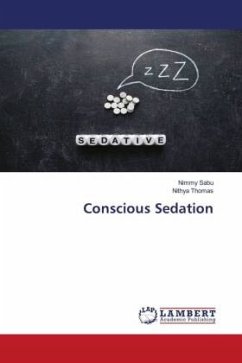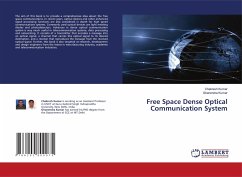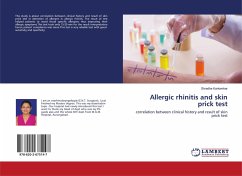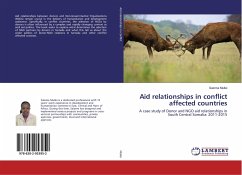During the last few years the number of procedures performed in areas outside of the operating room has increased markedly. Due to this rapid increase the use of monitored sedation in these patients has also increased substantially. Dentists are faced with many patients who have a wide variety of anxieties about dental treatment that often arise from adverse dental or medical experiences of their own or of their family members. These anxieties may relate to needle phobias or to certain sounds or even smells of the dental office. The oral cavity is a highly innervated structure, and has often been described as an "emotional centre" of the body. Generally speaking, the dentist will use Conscious Sedation techniques or the "more advanced techniques" for patients who come under the American Society of Anaesthesiology (ASA) Class I or II. To provide guidelines for the use of various types of sedation in the paediatric population, in 1985 the American Academy of Paediatrics (AAP) published "Guidelines for the Elective Use of Conscious Sedation/ Deep Sedation and General Anaesthesia in Paediatric patients".








![Physics Practical Book [VOL-I] [C.B.C.S] Physics Practical Book [VOL-I] [C.B.C.S]](https://bilder.buecher.de/produkte/60/60492/60492377n.jpg)